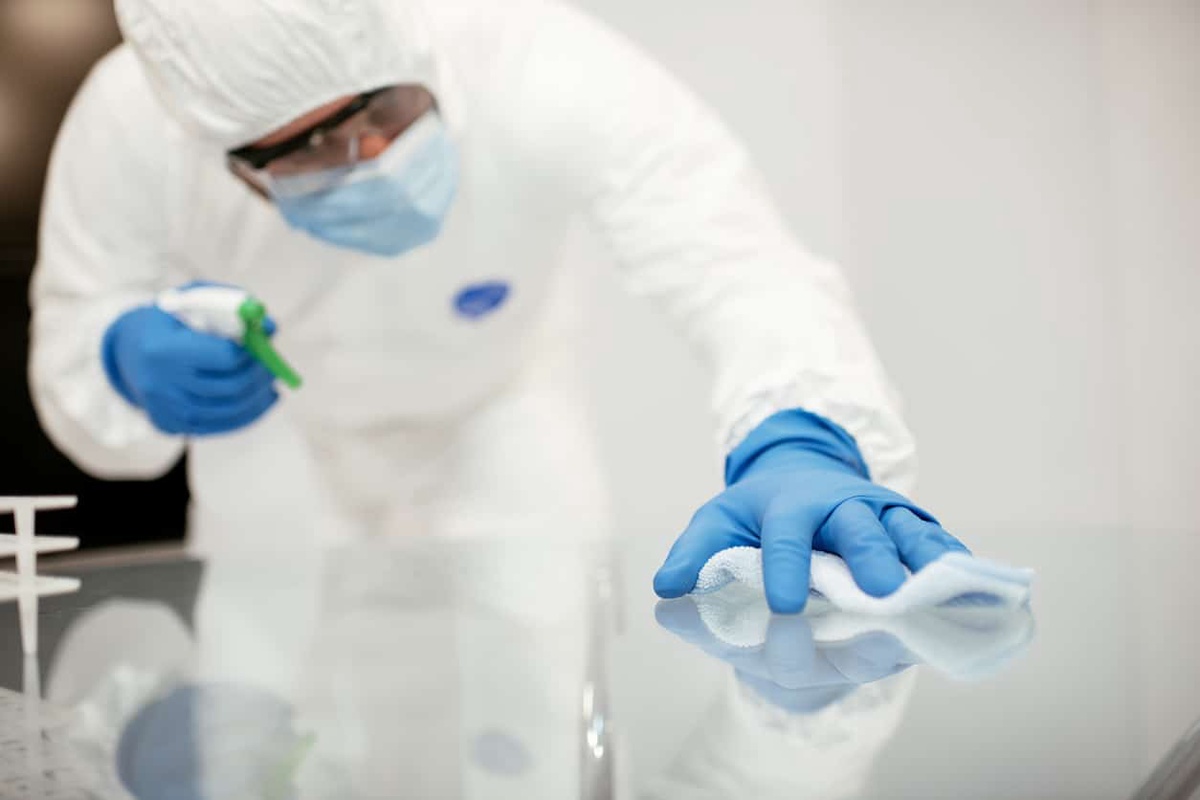Maintenance of laboratory equipment is a crucial aspect of ensuring the accuracy, reliability, and safety of scientific experiments and research activities. Proper maintenance helps to extend the lifespan of equipment, reduce the risk of errors, and prevent accidents. Here are some key aspects of maintaining laboratory equipment:
- Regular Cleaning:
- Keep equipment clean to prevent contamination and ensure accurate results.
- Use appropriate cleaning agents and follow manufacturer’s guidelines.
- Clean equipment after each use and conduct more thorough cleaning at regular intervals.
- Calibration and Verification:
- Regularly calibrate instruments to maintain accuracy.
- Verify the performance of equipment using reference standards or test samples.
- Document calibration and verification activities.
- Inspection:
- Conduct routine visual inspections to identify wear and tear, loose parts, or damage.
- Check for any leaks, loose connections, or unusual noises.
- Ensure safety features are functioning correctly.
- Lubrication:
- Apply lubricants as recommended by the manufacturer to moving parts to prevent friction and damage.
- Follow the manufacturer’s guidelines for lubrication frequency.
- Preventive Maintenance:
- Develop a preventive maintenance schedule for each piece of equipment.
- Perform maintenance tasks such as changing filters, replacing worn-out parts, and adjusting settings as needed.
- Keep records of all maintenance activities.
- Training and Education:
- Ensure laboratory personnel are properly trained in the use and maintenance of equipment.
- Provide ongoing training to keep staff updated on best practices.
- Repairs:
- Address equipment issues promptly to prevent further damage or safety hazards.
- If you lack the expertise, consult the manufacturer or a qualified technician for repairs.
- Follow safety protocols when handling damaged equipment.
- Storage and Handling:
- Properly store equipment when not in use, following manufacturer recommendations.
- Handle equipment with care to avoid physical damage.
- Documentation:
- Maintain a detailed equipment log that includes purchase date, maintenance records, and repair history.
- Ensure all users can access this information.
- Safety:
- Always prioritize safety when performing maintenance or repairs.
- Follow laboratory safety protocols and wear appropriate personal protective equipment (PPE).
- Replacement:
- Consider replacing equipment that is no longer reliable, cost-effective to repair, or that doesn’t meet current research needs.
- Compliance:
- Ensure that equipment is compliant with relevant regulations and standards, such as those from regulatory agencies or accrediting bodies.
- Vendor Support:
- Establish a good working relationship with equipment vendors and seek their guidance when needed.
Proper maintenance not only keeps laboratory equipment in oman optimal working condition but also contributes to the overall safety and efficiency of the laboratory. Regular maintenance practices can help prevent costly downtime, reduce the risk of experimental errors, and ensure the integrity of research results.
Reference Link(OriginallyPosted: https://ziebaq.wordpress.com/2023/09/05/what-is-maintenance-of-laboratory-equipment/


No comments yet